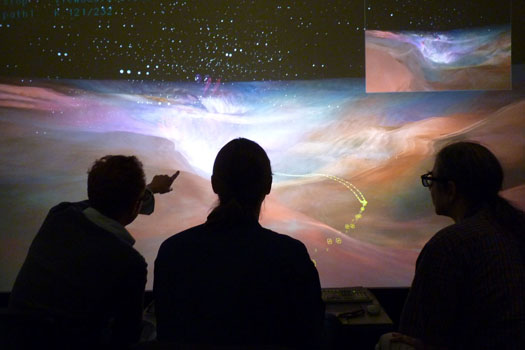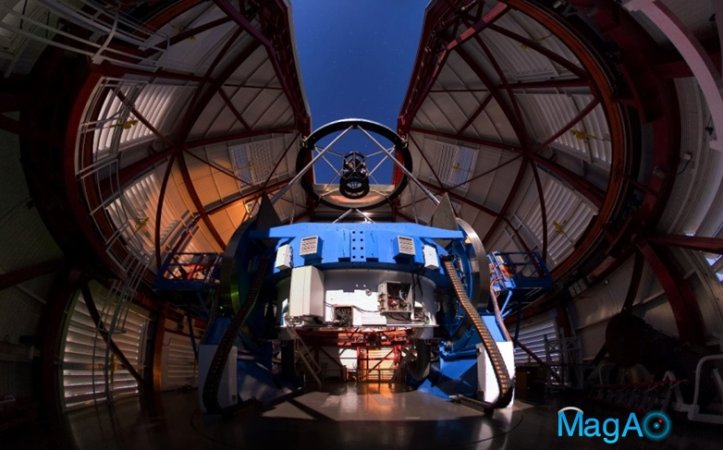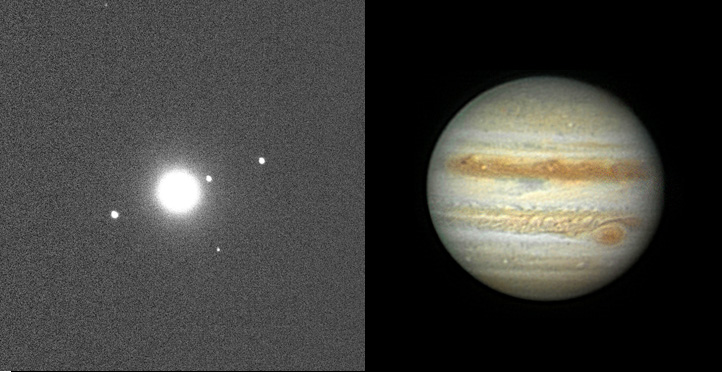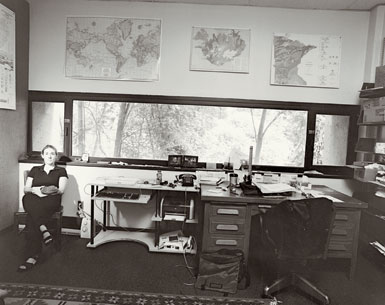

For a gallery of Hubble’s most incredible images, click “View Photos” at left
The terrific thing about NASA chief Michael Griffin’s decision to launch a Hubble servicing mission–the telescope’s fifth since 1990–isn’t simply that the spacecraft will be able to limp along for another four years. After astronauts visit Hubble on this latest mission (set to launch no earlier than May 2008), the telescope will be more powerful than it has ever been, thanks to some incredible new instruments being tested now.
The first is a replacement for Hubble’s main camera, the 13-year-old Wide Field Planetary Camera 2. The new camera, cleverly named the Wide Field Camera 3, will do everything the old camera did, but better. It’s like keeping all the lenses from your old film camera but upgrading to a professional-model digital SLR body.
I was lucky enough to be at the NASA Goddard Space Flight Center yesterday right after the announcement was made, and I spoke with James Green, principal investigator for the Cosmic Origins Spectrograph project, the other major upgrade scheduled for the servicing mission. The COS had just been loaded for testing into a sort of three-story-tall, 50-foot-wide Thermos that’s designed to replicate the vacuum and temperature extremes of space. It will pummel the COS for the next two months.
Above the din of the vacuum pumps, Green explained that the COS will be the first instrument that will allow scientists to track the 95 percent of normal matter in the universe that doesn’t glow-the interstellar gas clouds wafting between stars and galaxies. It will look at distant quasars and trace how these clouds absorb the quasars’ light. In this way, scientists can tell what elements and molecules the clouds are made of, and hence can map the hidden structure of the universe.
If all goes well, the servicing mission should keep the new, improved Hubble working until 2013, when its successor, the James Webb Space Telescope, is set to launch.









































